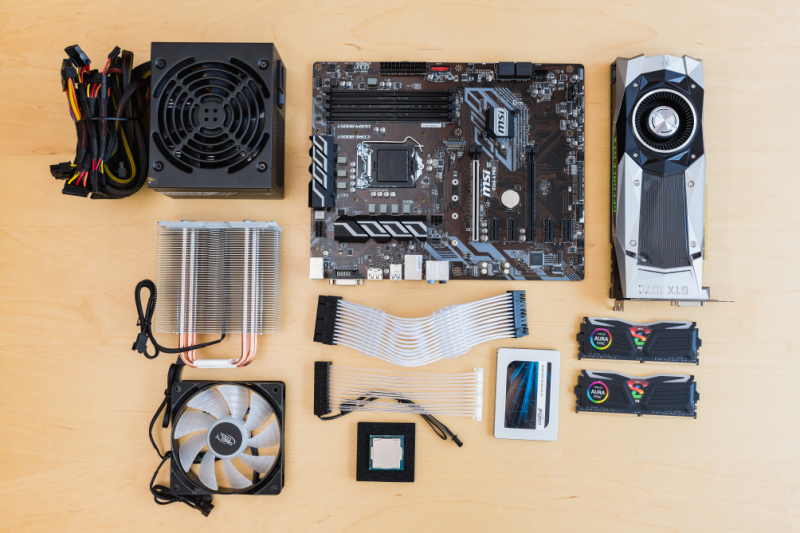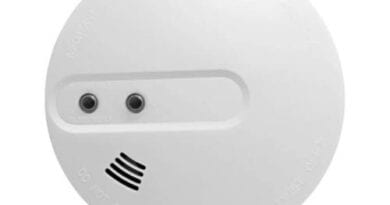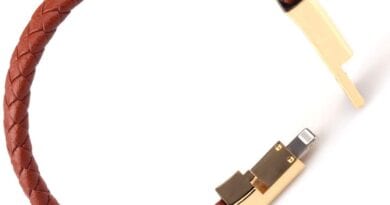Basic requirements to build your PC
The process of creating a gaming PC is made far less frightening by breaking it down into simple parts. Even if you’re a beginner, don’t worry: no prior building expertise is required.
Custom-built PCs are the only definite way to ensure that your system can accommodate all of your specific preferences. You know you’ll be able to play the games you want at the frame rates you want when you know everything that goes into your PC, from the power supply on up. Furthermore, a home-built PC enables future upgrades as technology evolves, your gaming preferences and needs evolve, or your wallet allows.
PC Construction Tools
The first thing you should do to prepare is acquiring all of the tools you’ll need to finish the build. Preparing the supplies listed below ahead of time goes a long way toward ensuring a smooth build procedure.
Workspace: To work on, you’ll need a large surface, like a table. Make sure you’re standing on an uncarpeted area to avoid an electrostatic discharge (which can damage sensitive components).
Screwdrivers: For almost anything, you’ll need a Phillips #2 screwdrivers. You’ll also need a Phillips #0 screwdriver if you’re installing an M.2 device. Magnetic screwdrivers will save you from dropping screws inside your case (the magnetic tip is fragile and should not affect your parts).
Cases for Computers
Before you begin selecting components, you should have a case — or, at the very least, a case size — in mind.
The primary consideration when selecting a case is where you intend to place the computer. The eventual location of your PC will decide how big you can (or cannot) go, as well as if other premium case features are worth paying on. If the computer is hidden under your desk, for example, you probably don’t want to spend on a tempered glass side panel.
Full-tower, mid-tower, and mini-tower cases are the most common. These are relatively broad categories (case sizes vary between manufacturers); however, they are based on motherboard sizes.
Gaming PC Components
It’s now time to assemble your components. This step can be as hands-on or as hands-off as you want it to be; you can thoroughly research each component on your own and construct a unique build from the start, or you can discover a premade build online and modify it to fit your exact budget and demands.
It’s highly recommended that you create a budget before you begin selecting components (it’s easy for component buying to go out of hand). Keep in mind that you can always upgrade individual components afterwards. Make a setup list before making any purchases – all parts must be interoperable with each other. If you’re building this PC to play a specific game, check the suggested system requirements for that game and prepare accordingly.
The best part about creating your custom-built PC is that it is never truly complete. As hardware advances, the opportunity for customization of a custom PC is practically endless, and your rig can be as up-to-date as you like based on both your demands and budget. The PC you create will serve as the foundation for all of your future gaming experiences, and fine-tuning your parts are all part of the thrill of possessing one.




